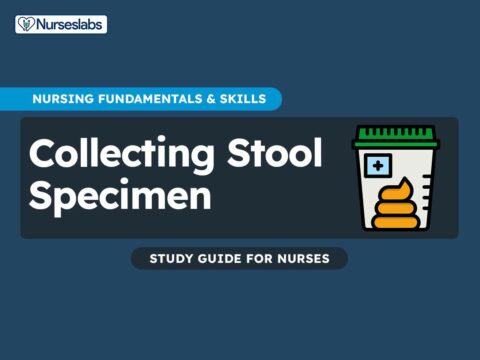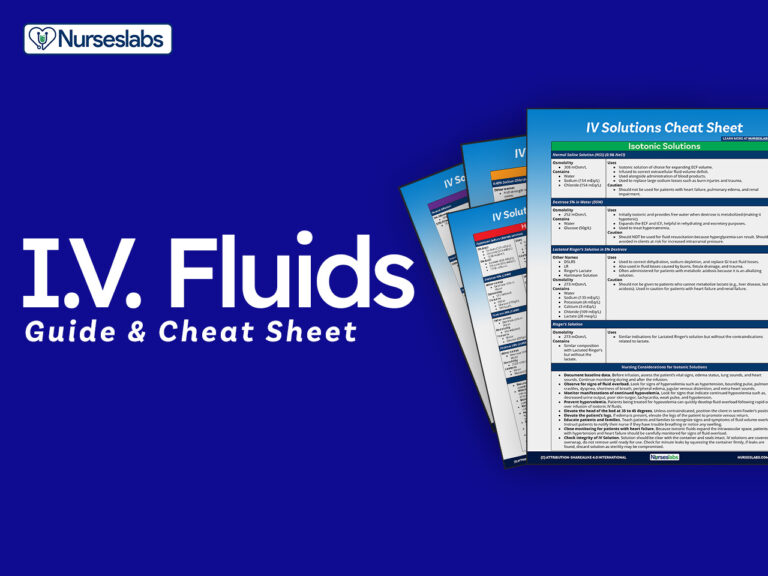Experiencing a permanent colostomy can profoundly disrupt various facets of a patient’s daily life, impacting confidence, lifestyle, and relationships. Patients must acquire skills in stoma management and adapt to a revised routine of bowel function. With the help and guidance of a nurse, performing colostomy irrigation (CI) can promote peristalsis and facilitate bowel evacuation.
What is Colostomy Irrigation?
Colostomy irrigation (CI) is a procedure that helps to regulate bowel movements by emptying the colon at a scheduled time. The process involves infusing water into the colon through the stoma. This stimulates the colon to empty. By repeating this process regularly (once a day or once every second day), CI can lead to minimal or no stool passage between irrigation sessions.
Indications
Colostomy irrigation is generally indicated for:
- Patients with a permanent descending or sigmoid colostomy.
- Individuals who have difficulty managing stool output with conventional methods (e.g., colostomy pouches).
- Patients looking to establish a more predictable bowel regimen and reduce the frequency of appliance changes.
Contraindications
There are certain conditions where colostomy irrigation may not be recommended. These include:
- Ongoing chemotherapy treatment. Chemotherapy can cause gastrointestinal side effects, making colostomy irrigation difficult or uncomfortable for patients undergoing treatment.
- Irritable bowel syndrome (IBS). IBS can result in unpredictable bowel movements and abdominal discomfort, which may not be effectively managed through colostomy irrigation.
- Active Crohn’s disease. Crohn’s disease involves chronic inflammation of the digestive tract, which can lead to strictures, fistulas, and other complications that may make colostomy irrigation impractical or risky.
- Active Diverticulitis. Inflammation or infection of diverticula (small pouches in the colon) can cause pain, bleeding, and bowel changes, making colostomy irrigation inappropriate during acute flare-ups.
- Peristomal hernia. A hernia near the stoma can interfere with the effectiveness of colostomy irrigation and may require surgical correction before irrigation can be safely attempted.
- Factors such as poor vision, poor manual dexterity, and altered mental alertness. These factors can hinder a patient’s ability to perform colostomy irrigation safely and effectively, increasing the likelihood of complications and making irrigation contraindicated in such cases.
Equipment
The following equipment is required for colostomy irrigation:
- Irrigation set (including a water bag, tubing, and cone).
- Irrigation sleeve (a long, drainable bag that fits over the stoma). It snaps onto the barrier.
- Clamp or clip for the irrigation sleeve.
- Water soluble lubricant (water-soluble).
- Lukewarm water (usually 500 to 1,000 mL warm tap water, 100°F to 105°F [37.8°C to 40.6°C])
- A hook or stand to hang the water bag.
- Towels or wipes for cleaning the area.
- A clean colostomy bag or stoma cap for post-irrigation.
- Plastic bag for disposal
Nursing Care Plans
Main Article: 10 Ileostomy & Colostomy Nursing Care Plans
Procedure
Colostomy irrigation is a procedure that involves flushing the colon through the colostomy stoma with water to regulate bowel movements. Here’s a step-by-step explanation of the process:
1. Prepare the equipment. Place the stand or pole near the location of the procedure.
Gather all necessary equipment, including an irrigation sleeve or bag, irrigation cone or stoma cap, warm water (room temperature to slightly warm), irrigation solution if prescribed (usually saline), lubricant, and a towel or absorbent pad.
2. Let the patient sit or stand near a toilet or a drainage area.
Makes it easier to manage the outflow of water and stool during irrigation.
3. With two-piece systems, attach the tubing to the container and secure it in place. Then, close the clamp on the tubing. Pour the prescribed amount of lukewarm water into the irrigation bag and hang it at shoulder height.
Lukewarm water prevents discomfort, and the height ensures a gentle, controlled flow of water.
4. Remove the colostomy pouch from the barrier. Fit the irrigation sleeve over the stoma and secure it in place. Place the end of the sleeve in the toilet, bedpan, or other disposal unit.
Directs the irrigating water and stool into the toilet, preventing spills and maintaining hygiene.
5. Apply a water-soluble lubricant to the tip of the irrigation cone.
Facilitates easy and gentle insertion of the cone into the stoma, minimizing discomfort and injury risk.
6. Prime the tube by allowing a small amount of water to flow through the tube and cone to eliminate air.
Prevents air from entering the bowel, which can cause discomfort and bloating.
7. Gently insert the lubricated cone into the stoma, ensuring it is secure but not forced.
Ensures a proper seal to prevent water leakage and directs the water into the bowel effectively.
8. Open the clamp on the tubing to allow water to flow into the colostomy. Adjust the flow rate as needed.
A controlled flow rate helps to prevent cramping and discomfort.
9. Allow the water to flow in over 5-10 minutes. If cramping occurs, temporarily stop the flow until it subsides.
Gradual water flow helps to prevent discomfort and allows the bowel to accommodate the water. Cramping might suggest the bowel is prepared to evacuate, the water temperature is too cold, the flow rate is excessive, or there’s air trapped in the tube.
10. Once the prescribed amount of water has been instilled, clamp the tubing and carefully remove the cone from the stoma.
Prevents water leakage and maintains hygiene during the subsequent evacuation phase.
11. Let the water and stool drain into the irrigation sleeve for about 30-45 minutes.
The water will stimulate the colon to empty. During this time, stool and water will flow into the irrigation sleeve, reducing the frequency of future stool output.
12. Once evacuation is complete, clean the stoma and surrounding skin with warm water and pat dry.
Maintains skin integrity and prevents irritation or infection.
13. Attach a clean colostomy bag or stoma cap.
Prepares the stoma for normal daily activities and ensures a secure fit to prevent leaks.
14. Document the results and the patient’s response.
Record the details of the colostomy irrigation procedure in the patient’s medical records, including the volume of irrigation solution used, any complications or observations, and the patient’s tolerance of the procedure.
Sources and References
- Bauer, C., Arnold-Long, M., & Kent, D. J. (2016). Colostomy irrigation to maintain continence. Nursing, 46(8), 59–62.
- Boutry, E., Bertrand, M. M., Ripoche, J., Alonso, S., Bastide, S., & Prudhomme, M. (2020). Quality of life in colostomy patients practicing colonic irrigation: An observational study. Journal of Visceral Surgery.
- Kent, D. J., Long, M. A., & Bauer, C. (2015). Does Colostomy Irrigation Affect Functional Outcomes and Quality of Life in Persons With a Colostomy? Journal of Wound, Ostomy and Continence Nursing, 42(2), 155–161.
- Page, H. (2021). Colostomy irrigation (part 2): contraindications, barriers to uptake, adherence and nurse education. Gastrointestinal Nursing, 19(5), 22–27.
- Berman, A., Snyder, S. J., & Frandsen, G. (2015). Kozier & Erb’s fundamentals of nursing: Concepts, process, and practice (10th ed.). Pearson.





































Leave a Comment